Genrikh Yagoda surely enjoyed the perks of being a senior secret policeman under Josef Stalin, including the large wooden dacha that was especially built for him in the peaceful forest of Kommunarka, on the southern edge of Moscow.
Perhaps Yagoda saw it as a reward for overseeing the execution of Stalin’s most prominent potential rivals and the mass arrests that rapidly swelled the Soviet Union’s Gulag prison camp system, and for his readiness to work thousands of inmates to death building the megalomaniacal White Sea-Baltic Canal.
In 1934 he was made head of the NKVD, Stalin’s interior ministry, but just two years later, with the dictator’s paranoia deepening, the Great Terror that Yagoda helped to unleash arrived at his own door.
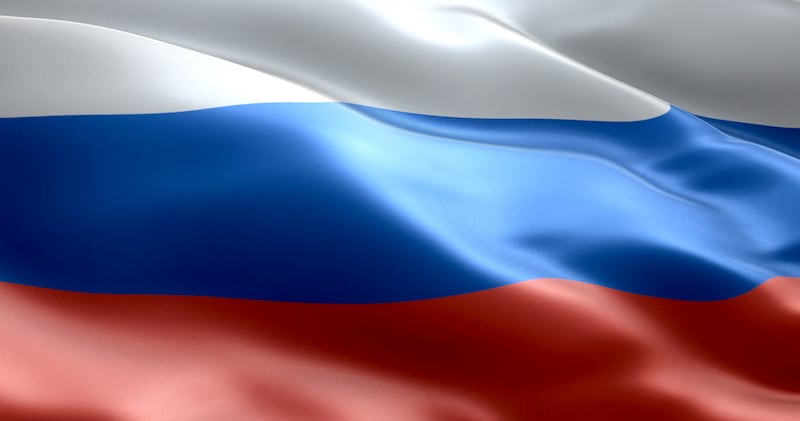
Now he entered the hell into which he had hurled so many others: sudden demotion, arrest and outlandish charges of spying, then torture, a show trial and the inevitable verdict. Yagoda was executed in 1938 and buried at the NKVD’s new Moscow killing ground: the compound of his own secluded dacha at Kommunarka.
Over the course of four years, NKVD officers are thought to have dumped the bodies of at least 6,609 people – and possibly well over 10,000 – into more than 130 burial pits at Kommunarka, dozens of which were definitively located only this year.
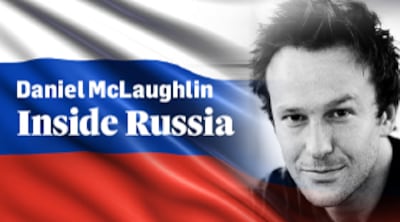
The find reminded Russians of some of the darkest pages of their recent past, at a time when an increasingly authoritarian Kremlin is accused of glorifying the triumphs of the Soviet Union, while fostering a quiet forgetting of its crimes.
Established under Vladimir Lenin and massively expanded after his death by Stalin, the Soviet prison camp network was used to eliminate perceived enemies of the state, from peasants accused of obstructing collectivisation of farmland, to intellectuals, senior politicians and military officers, and even Red Army troops who fell under suspicion simply for being taken captive during the second World War.
Inhospitable areas
Yagoda was instrumental in using the rapidly growing Gulag population to realise Stalin’s industrialisation plans, and convicts were sent to some of the Soviet Union’s most inhospitable areas to fell forests and build roads, railways, dams, canals and even new cities – like Vorkuta and Norilsk in the Arctic – to mine for coal and metals.
"What happened here in the 20th century – 20 million people put through the Gulag system, two million died there, six million deported – is biblical in scale, planetary, and we must try to comprehend this," says Roman Romanov, director of the Gulag History Museum in Moscow.
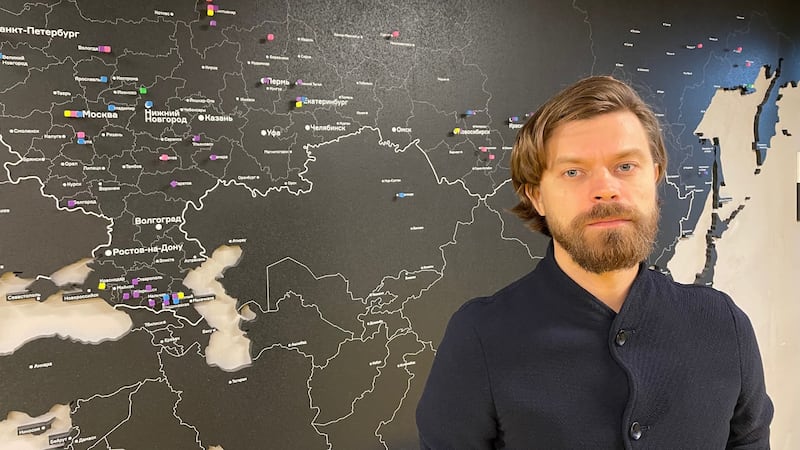
“This museum is a way, through objects, to discover the fate of these people and give them back their names ... because they were not only sent to the camps, but the system sought to erase them. If they were authors it destroyed their books, it terrified relatives so much that they cut up photos of [imprisoned] fathers and husbands. It was a system for erasing people and the memory of them.”
During Vladimir Putin’s 21-year rule, critics say the Russian authorities have encouraged the nation to develop a highly selective memory of the Soviet era.
While the immense Soviet contribution to victory in the second World War and the achievement of making Yuri Gagarin the first man in space are held up by the Kremlin and state media as touchstones for Russian greatness, the repressions and the Gulag are not even a compulsory part of school history teaching.
The independent Levada Centre found in a 2019 poll that 70 per cent of Russians thought Stalin played a positive role in the country’s history, and research this year showed that 48 per cent of Russians backed the idea of erecting a statue to Stalin, compared to 25 per cent in 2010.
The growth in support for a Stalin statue was particularly marked among people aged 18-24; in a 2018 survey, the VTsIOM pollster found that 47 per cent of Russians in that age group said they knew nothing about Stalin-era repressions.
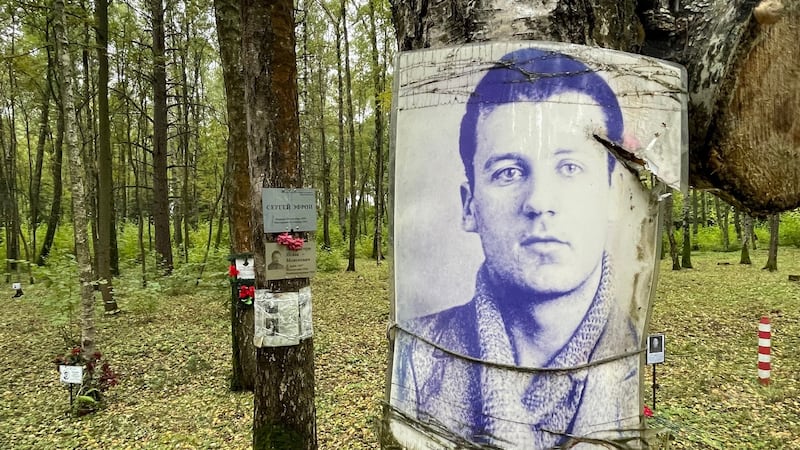
Putin has described Stalin as a "complex figure" and his allies, along with leaders of the still influential Communist Party, often treat foreign unease over Russia's attitude to the dictator as part of an attempt to belittle the country and the triumphs of the Soviet Union.
Several of Russia's neighbours, including Ukraine, Poland and the Baltic states, accuse it of trying to whitewash the repressions, which affected millions of people from across the Soviet Union and nearby states; at Kommunarka alone – where victims' relatives have stuck grave markers in the earth and taped photographs to trees – people of more than 60 nationalities were buried.
Reflection on crimes committed by the Soviet secret services also clashes with Putin’s drive to restore power and prestige to Russia’s modern-day security agencies, one of which he led after serving in the KGB for 16 years, and whose alumni now occupy many top posts in the country’s political and business elite.
Yet Putin has, on occasion, clearly denounced Stalin-era terror – while warning people not to seek redress for the horrors that took place.
“An unequivocal and clear assessment of the repression will help to prevent it being repeated ... This terrible past must not be erased from our national memory and cannot be justified by anything,” he said in 2017 when unveiling the Wall of Grief monument in Moscow.
“It doesn’t mean demanding accounts be settled,” he added. “We must never again push society to the dangerous precipice of division.”
‘Different views’
At the Moscow Gulag Museum, Romanov says he remains "calm" about the apparent popularity of Stalin and calls for the restoration of monuments to NKVD founder Felix Dzerzhinsky.
“I know there are different views out there and that this isn’t a blank wall that we cannot get past – people and views can change when you talk about these things,” he says.
“There was a wave of openness in the 1990s, which was surprising given the propaganda of the Soviet period and the fact that the repressions were hidden and people were scared to talk about them. It was a huge breakthrough, but not enough has time has passed for us to have got rid of this thinking completely,” he explains.
“But here we are, sitting in a state museum to the history of the Gulag. We have a monument to victims of political repression, and soon we will open a memory garden here. And all this is in the centre of Moscow.”
Romanov also points to the recent release of a major new film based on former Gulag inmate Alexander Solzhenitsyn's One Day in the Life of Ivan Denisovich, as evidence that discussion of Stalin's terror is not taboo in today's Russia.
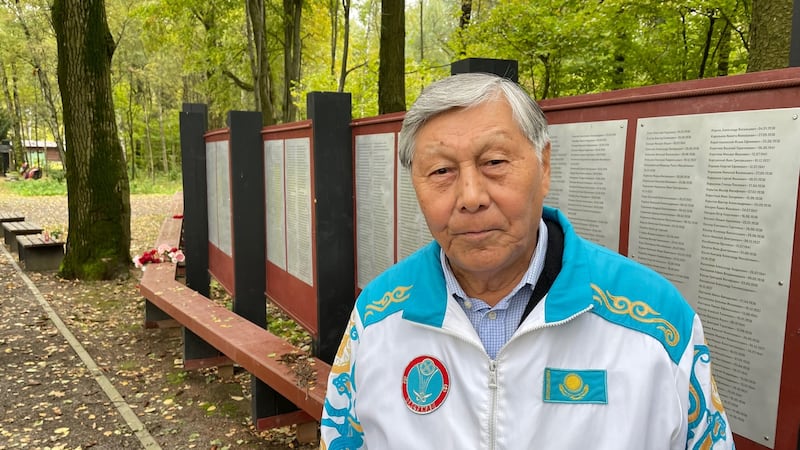
“It will be shown in cinemas and then on state television, and I’m sure a huge number of people will talk about it. And I’m certain that’s good – it shows this is a discussion, an unhealed wound, that there is energy there that needs an outlet.”
Romanov acknowledges, however, that Gulag research in the provinces depends largely on the attitude of local officials and bureaucrats.
Much of the central security service archive that was opened briefly after the Soviet Union’s demise 30 years ago is now closed, and researchers say regional records are becoming inaccessible due to official orders or administrators’ fears of being accused of releasing classified documents.
Some researchers complain of legal threats and intimidation: in the Siberian city of Tomsk, Denis Karagodin has spent many years researching his great-grandfather's murder at the hands of the NKVD, and is now being sued by the son of a former NKVD employee for defamation.
A particularly notorious case is that of Gulag historian Yuri Dmitriev, who found a mass grave containing thousands of repression victims in north-western Russia. In retribution, his supporters say, the authorities fabricated a child sex abuse charge against him, and he is now serving 13 years in jail.
In May, he was chosen to receive the prestigious Sakharov Freedom Award, 100 years after the birth of Nobel laureate and rights activist Andrei Sakharov.
"Dmitriev's work on so-called liquidations during the Stalin era are considered so threatening by the current Russian government that accusations of paedophilia and sexual abuse have been fabricated against him," said the Norwegian Helsinki Committee.
“You can draw a line from Andrei Sakharov’s time as a political prisoner, from his struggle to ensure that Russia faces up to its past and the importance of documentation and truth to prevent new atrocities, straight up to Yuri Dmitriev’s struggle in modern-day Russia.”
Most former Gulag camps have all but vanished, overcome and overgrown by the harsh elements and by nature, and sometimes dismantled by local people – often ex-prisoners, former guards and their descendants – for building materials.
‘Foreign agents’
Dotted across Russia, however, are volunteers who try to preserve the dwindling remains of camps and research the lives of people sent there.
"I didn't learn anything about the Gulag in school ... and now [the authorities] are repainting what happened and showing the Soviet time only in a positive light. Some of my friends don't even believe me when I tell them about the Gulag," says Kristina Khaker, an activist, journalist and founder of Kraslag. com, which documents camps in the Krasnoyarsk region of Siberia, 4,000km east of Moscow.
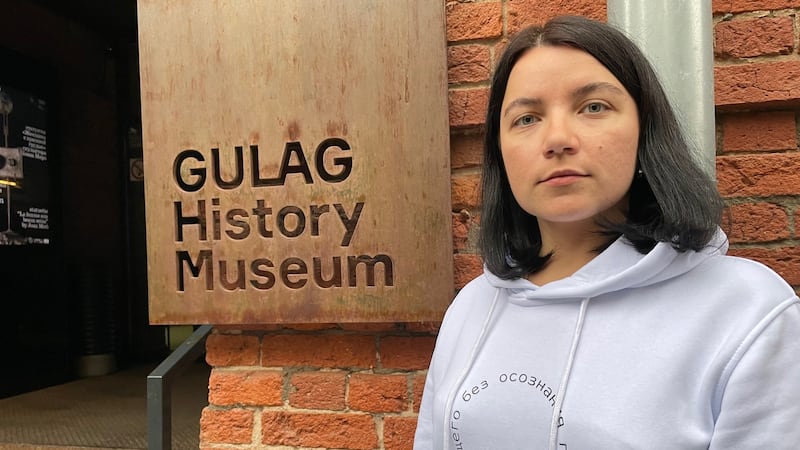
“They say I shouldn’t drag skeletons from the closet, but I think we should explain why they are there,” says Khaker (30), who visited the Moscow Gulag Museum for advice on how to preserve the Krasnoyarsk camps and attract visitors to them.
Her work has particular resonance at a time when Russian opposition leader Alexei Navalny is in jail and independent media and civil society groups are being blacklisted as "foreign agents" – reminding many of the Soviet Union's attacks on those deemed "enemies of the people".
“Why do we have this political situation in Russia, why don’t we have freedom? Because a long time ago the peasantry was crushed, people were exiled, we had repressions and the Great Terror – and as a nation we don’t know our past,” she explains.
“We still hear that Stalin was a hero. That shows we don’t understand what happened,” says Khaker, whose sweatshirt reads: “Without awareness of the past there is no future.”
“If we talk about what happened, we will understand and recognise it and then we would decide that we can’t ever let it happen again.”
Inside Russia


















